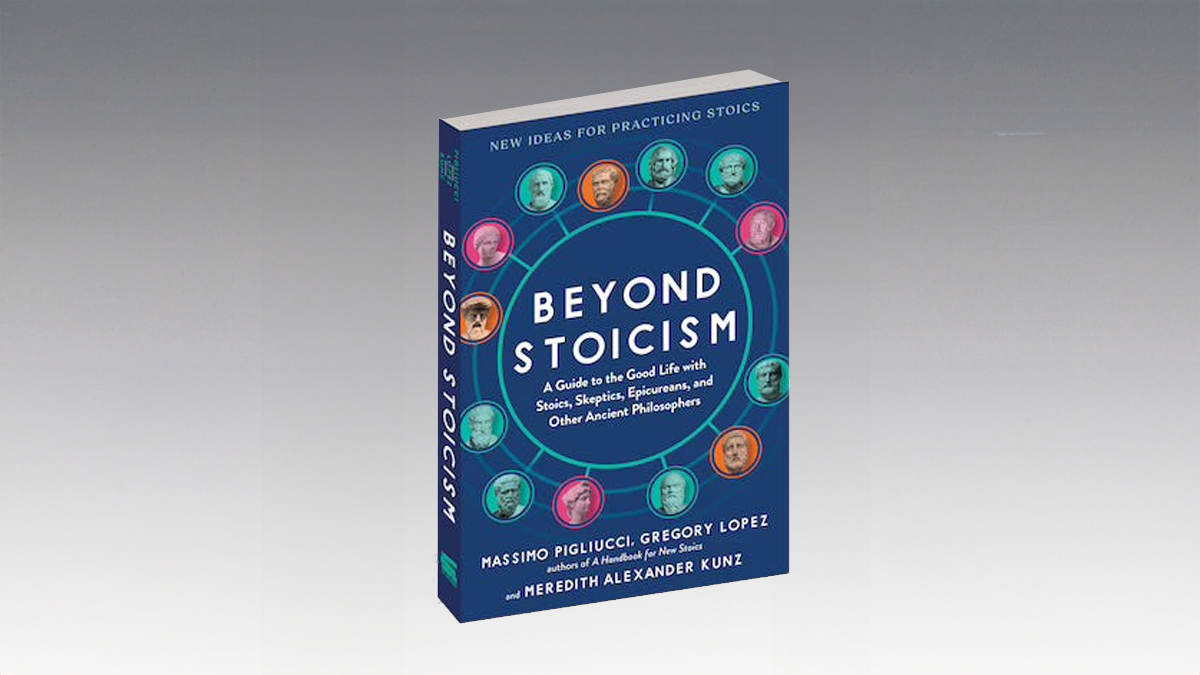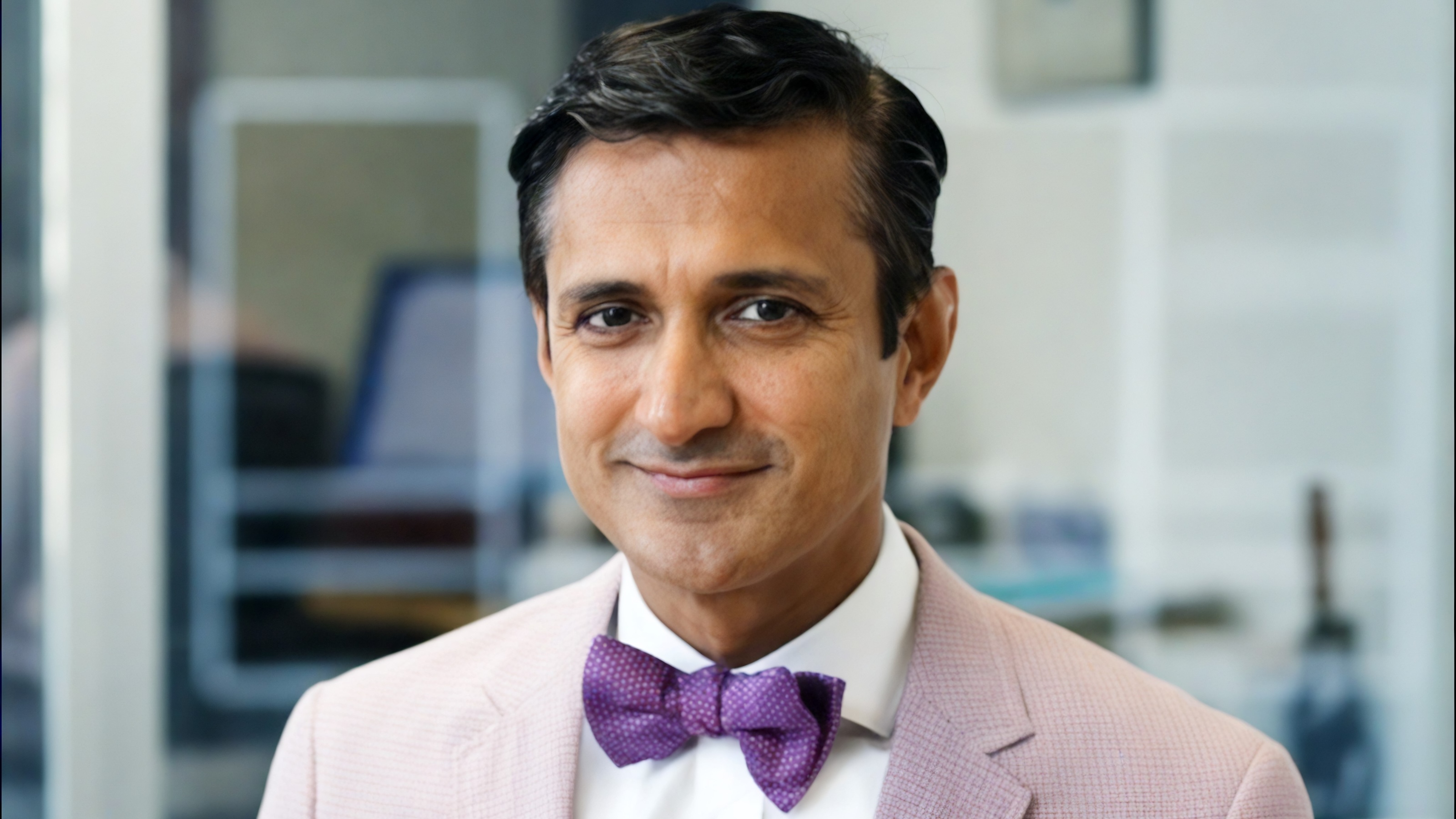The photographer says there’s a sense of melancholy and sadness in his work relating to “the destruction to the creation of the things that we build” and the resulting loss of nature.
Question: What message are you trying to get across in your work?
Edward Burtynsky: I think when I originally began the work because this body of work we started almost 30 years ago and I’d say at that point I mean I think I had a sense that there was a political undertone in the work, but it wasn’t the motivating factor. You know it wasn’t that you know I wasn’t feeling that I was going to… I was making this work as a concerned photographer trying to create change in this area. I was I thought chronicling a kind of movement that I saw where our populations were growing at an exponential rates and you know I was focusing on the resource extraction industries and coming to… trying to understand visually what has changed and what to me was changing was that we’ve always taken from nature, so you know the ages of man go back to the stone age and the iron age and the bronze age and the copper age and these ages of man are all kind of you know chronicled you know through anthropology and so we understand that you know we’ve gone through these, but these ages are… So we still get stone and we still get copper. We still get iron, but the scale and speed of that taking has changed dramatically and so I felt that the large format camera and having worked in those places because I did work in a mine and I’d seen them, that what we don’t see, we don’t see the scale of… You know we see the scale of our cities, so here we are in a city, New York City and the scale is… Let’s say you’d never saw a city before and you came to New York. It would be overwhelming to see all the tall buildings, the you know just the sheer volume of the built world that we’ve created here, but when I was going there and photographing that other side to every act of creation there is an equal or greater act of destruction and that we only take a portion of the good stuff, but there is a lot of waste that is laid to… you know before we get to the good stuff, whether it is the wood that we take or you know if we take metals from ore we’re only taking maybe 5% of the volume. 95% ends up being tailing, so we’re really disrupting much larger, grander scales of landscape.
So to me that was an interesting thing to begin to try and find the ying to the yang. You know the destruction to the creation of the things that we build and but in the landscaping at a certain point I began to understand it as a loss for nature that as we were expanding nature was being chewed away and then I began to understand the work as a kind of… that there was a kind of melancholy or sadness to it, but it was a lament for the loss of that place that we’ve called nature, that it’s losing out in this battle between what we need and what is available and where it is found and so wherever that place is, is being hammered you know for… to supply the things that we need. So and then I began to see nature as really just an open cupboard where you know we’re raiding the cupboards and taking everything as absolutely fast as we can and now… you know and as I’ve kind of gone on to begin to understand that you know I see our oceans as you know opening up the cupboards and just attacking it with a ferociousness that is like breathtaking, so I think the work never was intended to be political, but the political reading as a result of our becoming more aware of the collective human impact on the planet is coalescing to I think give the work a political undertone or reading that maybe even was more than I originally intended, but the intention was that it’s a multi… that the work is unstable in that there is… it has all kinds of futures to it. That there is the content and the form, so it makes an image that is interesting to stand in front of and I wouldn’t go as far as saying beautiful, but at least compelling to want to look at it, to want to enter it and then once you’re in that place it’s a question of do you want to read it for its form and the kinds of structure and the color and the things that are presented and the scale of the things I’m presenting or you can just you know and somebody can even enjoy it on the sheer aren’t humans interesting, look at what they’re building you know to you know to the idea that within the work there is a lot of embedded documentation as well of how we mine for iron ore, how we mine for copper, you know how we build, what we build in terms of buildings and you know there is a lot of stuff that photography just carries forward as well that defines an era and a time and a style of how we did things.
Recorded June 21, 2010
Interviewed by Jessica Liebman





